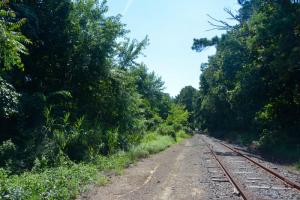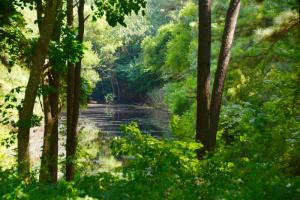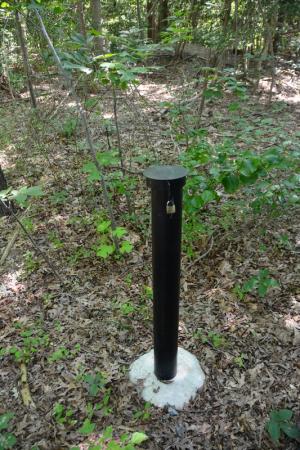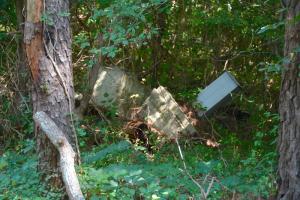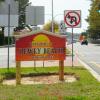The public has until Wednesday, Aug. 19, to comment on a report from two state agencies presented to Sussex County Council on the proposed Reserves at Nassau, Phase 2, housing project.
Council had requested additional information from the Delaware Department of Transportation on the use of Tulip Drive for access and from the Department of Natural Resources and Environmental Control on a remediation plan to clean up a brownfield site on the parcel.
During council's Aug. 4 meeting, Lawrence Lank, director of planning and zoning, presented the reports and placed them in the record for public review. Most of the information contained in the brief reports was the same information presented during public hearings.
Ocean Atlantic Communities has filed two applications with Sussex County. Developers are seeking a rezoning from AR-1, agricultural-residential, to MR, medium-density residential, for a 37-acre parcel and also requesting a conditional use for mixed-use, multifamily housing for seniors ages 55 and above.
The site plan includes 43 single-family houses, 46 duplex units and 58 townhouses built in condominium style on the parcel located near Route 1 behind the Dutch Acres community and adjacent to the Villages of Five Points.
Sussex County's planning and zoning commission has recommended approval of the applications.
Questions about use of Tulip Drive
The road leading to the proposed community is Tulip Drive, the same street parishioners of St. Jude the Apostle Catholic Church, and Dutch Acres and Villas of Taramino residents use to access Route 1. Many residents expressed concerns about additional traffic on the street.
Specifically, council wanted to know the rationale for using Tulip Drive for access, what other access points were considered, and what was DelDOT's recommendation as the best and safest access to the proposed community.
In response to the questions, Bill Brockenbrough, DelDOT's Sussex County coordinator, wrote: “The developer's existing frontage on Tulip Drive appears the only means of access presently available. At some point in the future, access to Old Orchard Road, through a redevelopment of the Atlantic Concrete property, may be available and that would be to a lower-volume road. At present, however, it does not appear to be an option.
“Due to concerns from area residents, we have looked for other possible access points. There do not appear to be other viable access points now.”
The parcel is surrounded on three sides by other developments and another side by a railroad track.
A study showed the traffic expected to be generated by the proposed project was not enough to change the operation of a traffic signal at the intersection of Route 1 and Tulip Drive. The signal is on yellow flash and is manually operated by a Delaware State Police trooper on Sundays when church services let out.
How site would be cleaned up
Council also requested additional information on environmental concerns expressed by residents and on information on the proposed cleanup of an old borrow pit on the site. Questions presented to DNREC were:
• How is the property going to be remediated?
• What are the implications, or likely outcomes, adverse or otherwise, of building on this brownfield and old borrow pit?
• Are the people in the surrounding area safe, and are their private wells safe considering the proximity of this brownfield?
• Are the natural wetlands that run through this property - sometimes referred to as Black Hog Gut - tidal or nontidal?
Part of the site - known as the Hudson Pit - was used for disposal of stumps and construction debris and also sand from a 1977 oil spill in Rehoboth Beach and Dewey Beach. As part of the state's brownfield program, the developer has been required to submit a 1,400-page remediation plan, which will be supervised by DNREC staff.
Kathryn Durant, DNREC project manager, said under the plan, the developer will be required to excavate and dispose of arsenic in the soil along the eastern border of the property; cap an area of subsurface oils in the northern section of the parcel under a paved parking area; excavate and dispose of remaining organic debris such as tree stumps; and provide a groundwater monitoring and site inspection schedule. In addition, the community must be served by a central water system with no individual wells.
She said based on the brownfield investigation report, it does not appear that any groundwater contamination is migrating from the site. “The report indicates that the nearby private water wells are not likely to be impacted by site-related contaminants,” Durant wrote.
In addition, she noted, the developer will be required to monitor groundwater at the site for four consecutive quarters to evaluate whether contamination is stable or is migrating off site.
Durant said DNREC does not have authority to mandate geotechnical surveys or testing to determine the implications of building on an old borrow pit. However, she said, those types of tests should be completed by the developer to determine the stability of soils for building purposes.
She said wetlands on the property are nontidal, but a section of Black Hog Gut off the property on the north side of New Road is tidal. She said DNREC staff recently toured the site and will have more information at a later date.












